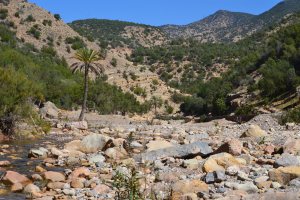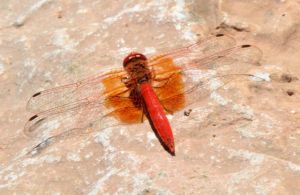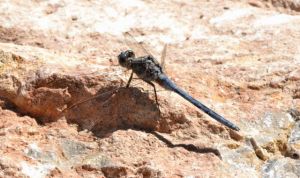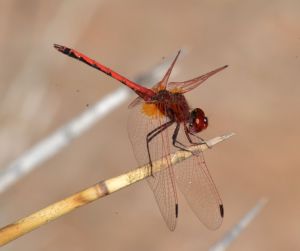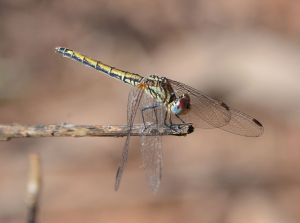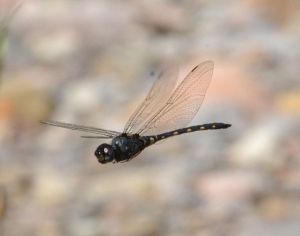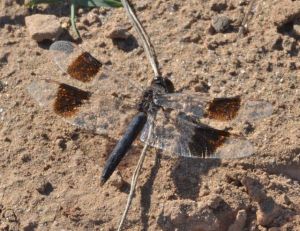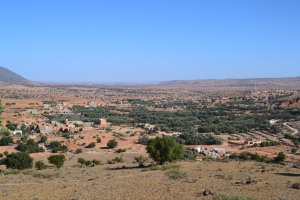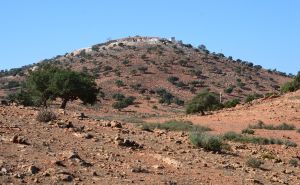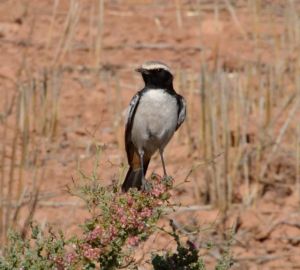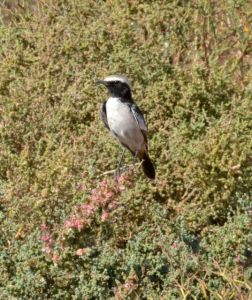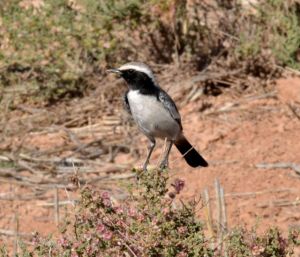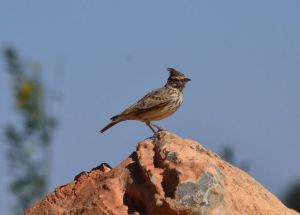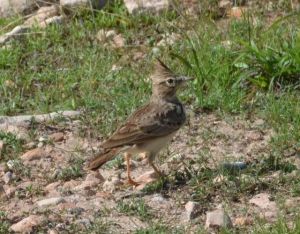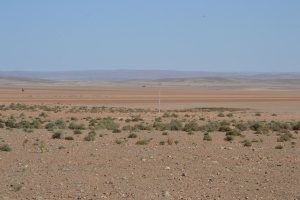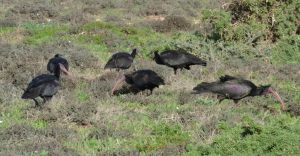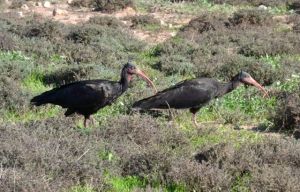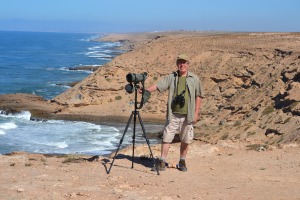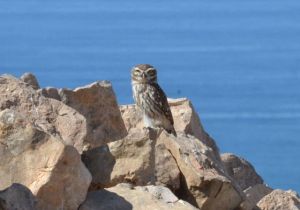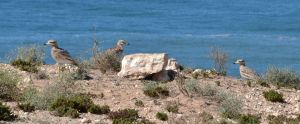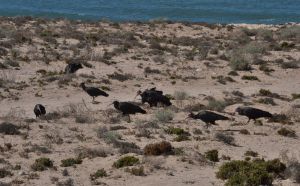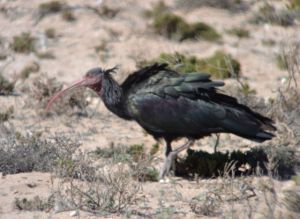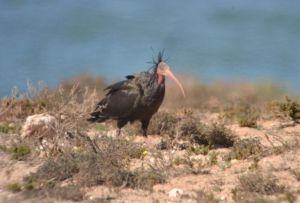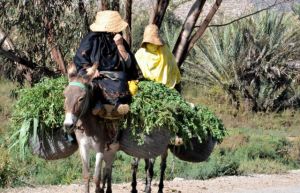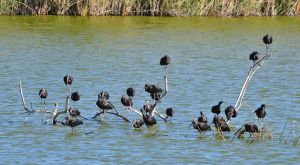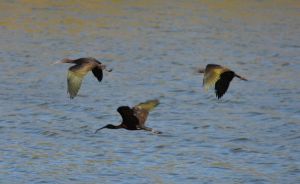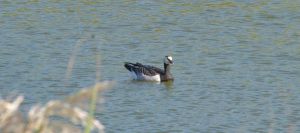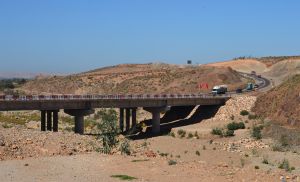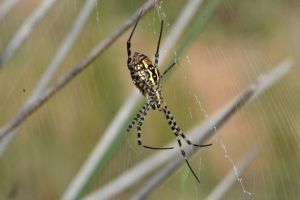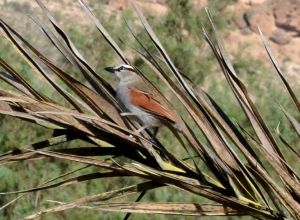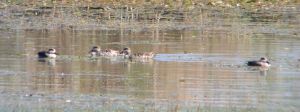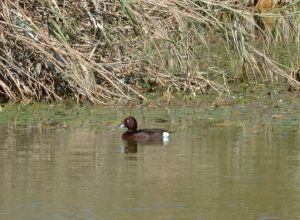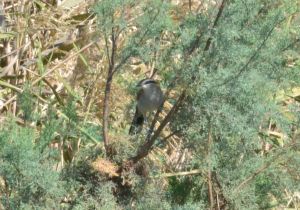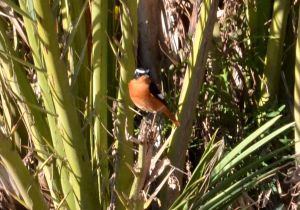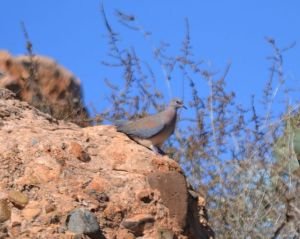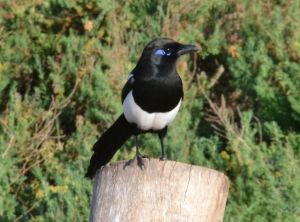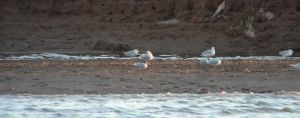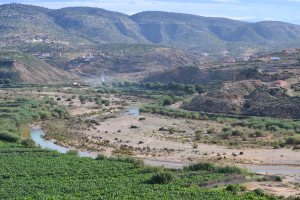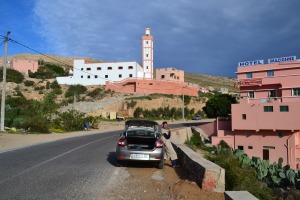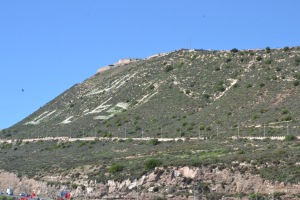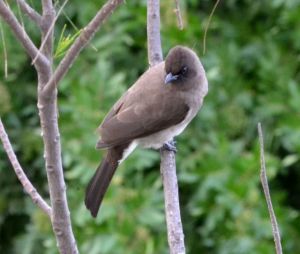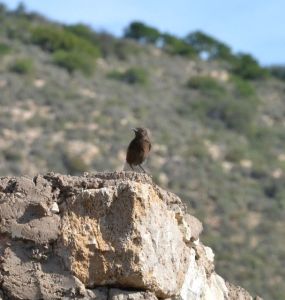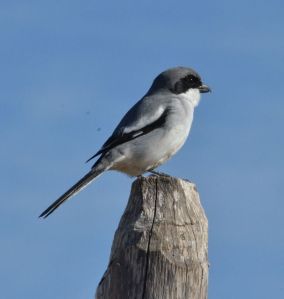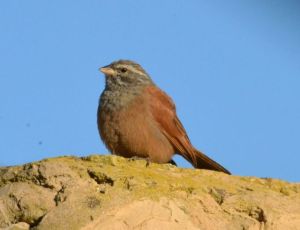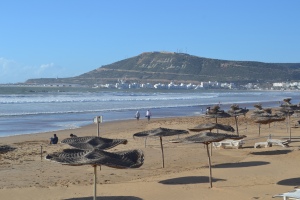Over the last 12 days a juvenile Pallid Harrier has been observed on salt marsh at the southern end of the RSPB’s Snettisham reserve on the Norfolk coast of The Wash. Once a rare vagrant to Britain but now more regular, this raptor got onto my life list in Cyprus in April 2012. That was based on seeing a Harrier in the spot where I had been told to look, so the species has been amongst those about which all doubt needs to be removed. Today’s objective was to do that.
Snettisham RSPB is a wild and windy place famed for its mass high-tide wader and Pink-footed Goose roosts. Pre-visit research found there will not be a daylight high tide until February, and today also lay within the period either side of a full moon in which the geese are less likely to provide a dawn or dusk “spectacular”. So there seemed no point in getting on site too early, especially as the Harrier was being seen most often in the early afternoon.
In the event I arrived just before midday. Judging by the car park’s fullness as I donned an extra layer of warm winter clothing, the star visitor had attracted a large weekend audience. The trail out to the observation point is just over a mile’s walk and those coming back the other way were all wearing as many layers as myself. One birder walking ahead of me was stopping everyone he met and then he pulled in alongside me. Rain was forecast for the afternoon apparently and the Harrier had been showing well yesterday. I was interested only in the here and now, so hurried on to join the assembled group watching the southern marsh.
I walked along the line doing an inanity check and set up beside three birders whose conversation was agreeable. Soon a ring-tailed Harrier was spotted on a distant post, then this bird flew to one side and back before going to ground. My chosen companions were confident it was the Pallid Harrier. Around 20 minutes later the bird came up again, interacting with a Marsh Harrier for comparison. It’s smaller size and much slimmer build, similar to Montagu’s Harrier, were now clear to see.
Andy, who had been keeping in touch, texted me the plumage diagnostics at this point but the bird had been too far away to make them out. So assuming those around me were competent I ticked Pallid Harrier for my British list. But at home as abroad all doubt still needs to be removed, and I left thinking if the bird sticks around I’ll try to make a return visit in clearer weather conditions. The following pictures, posted on RBA today, were taken in the morning according to the photographer’s own blog (see here).
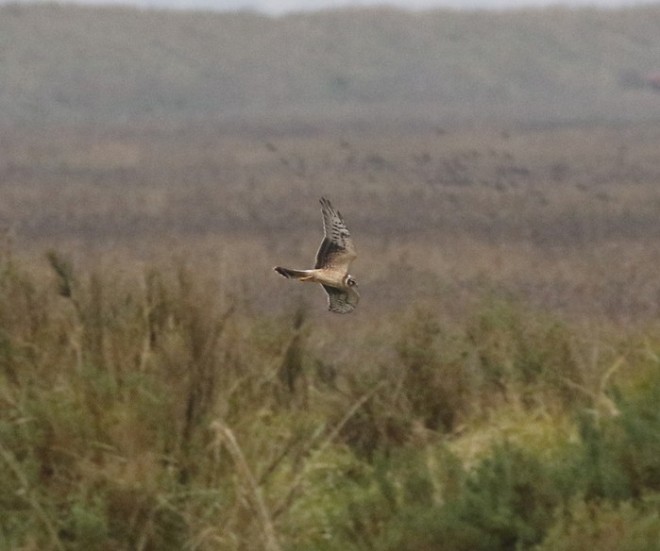
Pallid Harrier (juv) at Snettisham © Robin Stokes
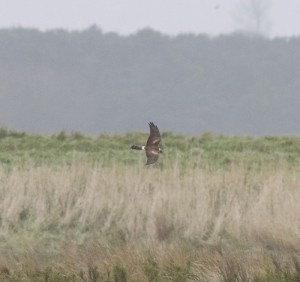
At 2pm I took a sandwich break in the shelter of the southernmost hide, during which a further sighting was posted on RBA. Good old sod’s law! Most of the birders then dispersed and so I began the return walk. Looking out over the vastness of The Wash, a lot of Shelduck were active on the mud flats. There were also large concentrations of Wigeon mixed with Pintail, many gulls and a huge flock of Golden Plover. Everything was in a very murky light though, but I could imagine the spectacle as the incoming tide pushes all the birds close to the shore here. And that is something that one day I will hope to witness. On my reaching the car park as dusk set in, skeins of gently murmuring Pink-footed Geese were flying overhead to their roost sites, making a pleasing and fitting end to this day.
Addendum
I was able to return four days later on 2nd Dec after a work project in Suffolk finished a day earlier than expected. Though the temperature was milder the wind was still just as strong as I walked out to the southern marsh. Large flocks of Golden Plover, standing in line again on the mud flats, took to the air in spectacular “murmurations”. And aerial swirls of other waders could be seen from time to time further out.
At the southern marsh I took up the same position where everyone had been on Saturday, but other birders kept to higher ground behind me. Several Harriers were active out over the salt marsh but everything was as distant as on my previous visit or even more so. The closest bird was a dark and obviously broad-winged Marsh Harrier complete with yellow head, and none of the others had the slim profile of Saturday’s probable Pallid. I stayed here for around 90 minutes, at one point going over to join the group but they appeared not to have PI’d the Pallid Harrier either.
Then an Oxon text alert came in about a Great Northern Diver at Farmoor Reservoir, which unsettled me. Though there was no chance of getting home before dusk, I started to become bored by myself and at 2pm wandered over to join another group at the wader watch point. They were a very knowledgeable bunch and one of them picked out a ring-tailed Harrier flying inland from the salt marsh. I watched as the bird passed close to where I had been standing before perching in the top of a bush. Sod’s law had struck again as this was indeed identified by my companions as the Pallid Harrier.
Though views were good from that distance I naturally regretted having moved when I did. The bird next flew right over the people who had been behind me earlier, before going down in some long grass. My group then walked over to the others and everyone waited for the Pallid Harrier to come up again. When that happened I picked it up moving along a line of Pines that had been mentioned on RBA. The narrow-winged profile was plain to see and being with 12 other birders who agreed on the ID all doubt was now removed. These two visits to Snettisham had given me a complete education in Harrier identification as well as a British tick.

